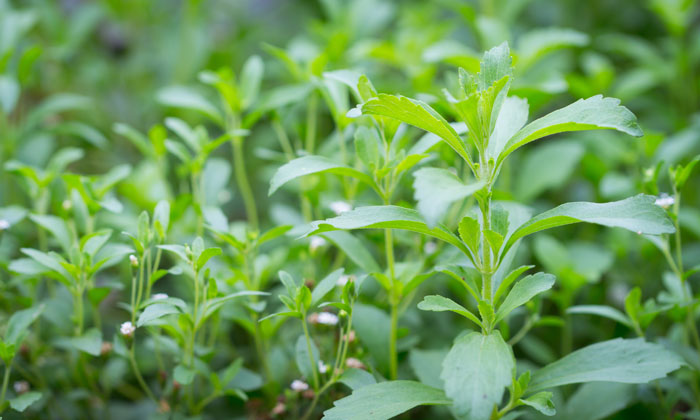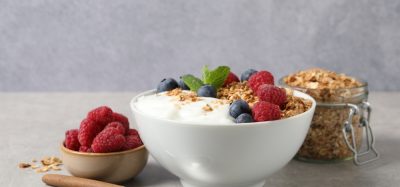Can you grow stevia in colder temperatures?
- Like
- Digg
- Del
- Tumblr
- VKontakte
- Buffer
- Love This
- Odnoklassniki
- Meneame
- Blogger
- Amazon
- Yahoo Mail
- Gmail
- AOL
- Newsvine
- HackerNews
- Evernote
- MySpace
- Mail.ru
- Viadeo
- Line
- Comments
- Yummly
- SMS
- Viber
- Telegram
- Subscribe
- Skype
- Facebook Messenger
- Kakao
- LiveJournal
- Yammer
- Edgar
- Fintel
- Mix
- Instapaper
- Copy Link
Posted: 19 March 2021 | Joshua Minchin (New Food) | No comments yet
US researchers are attempting to breed stevia plants that are more resistant to cold temperatures, which would allow them to be grown in more countries around the world.


Stevia grows in warmer climates and struggles when the temperature dips
As more and more people turn to lower calorie beverages, sugar substitutes are fast becoming some of the most important crops being developed worldwide. Some zero-calorie or low-calorie sweeteners have attracted bad reputations for containing unnatural ingredients. But there are also natural sweeteners derived from plants, like stevia.
Stevia is hundreds of times sweeter than sugar, and it has no calories, factors which have made the global stevia market is worth hundreds of millions of dollars. However, the problem that manufacturers are presented with is growing stevia in colder climates. The crop is usually found in Paraguay and Brazil, yet freezing temperatures can damage or even kill stevia plants, which eliminates a far proportion of the world as potential growers of the natural sweetener.
It’s a problem researchers from the US are attempting to tackle by identifying stevia plants that show the most resistance to the cold.
Todd Wehner is a plant breeder who aims to develop stronger varieties of stevia. These better varieties can help farmers and consumers alike.
His research was published in Agrosystems, Geosciences & Environment, a journal of the American Society of Agronomy and Crop Science Society of America.
“The market is growing rapidly as companies and consumers move away from sugar in their diet,” said Wehner.
“As we continue to select varieties that are cold tolerant in our area, new releases will have adaptation to a wider production region.”
To find the strongest plants, the research team subjected 14 varieties of stevia to different cold stress tests. The tests ranged from just below to just above freezing. Plants were exposed to cold for anywhere from two to 10 days. After the stress tests, the scientists assessed how much damage the plants sustained.
A couple varieties were clear standouts in their ability to resist the cold. Researchers believe these varieties might be useful for breeders who want to make cold tolerant stevia crops.
The plants grew normally after being moved to warmer conditions, which allowed researchers to harvest seeds for the next generation.
The temperature of the test really mattered for measuring hardiness. Somewhat surprisingly, researchers found some varieties that were resistant to temperatures just above freezing were some of the most susceptible to temperatures just below freezing.
“It appears that we will need to select for cold tolerance using a range of temperatures, so that we avoid the problems where a selection is resistant to only one temperature,” said Wehner. “Tests will become a standard part of the breeding program.”
“We are continuing to develop new varieties that will be higher yielding and better tasting. New varieties will be less expensive to produce as the genetics are improved for the environments of interest,” he added.
Related topics
Beverages, Environment, Flavours & colours, Health & Nutrition, Ingredients, Natural, Obesity, Research & development, Technology & Innovation









